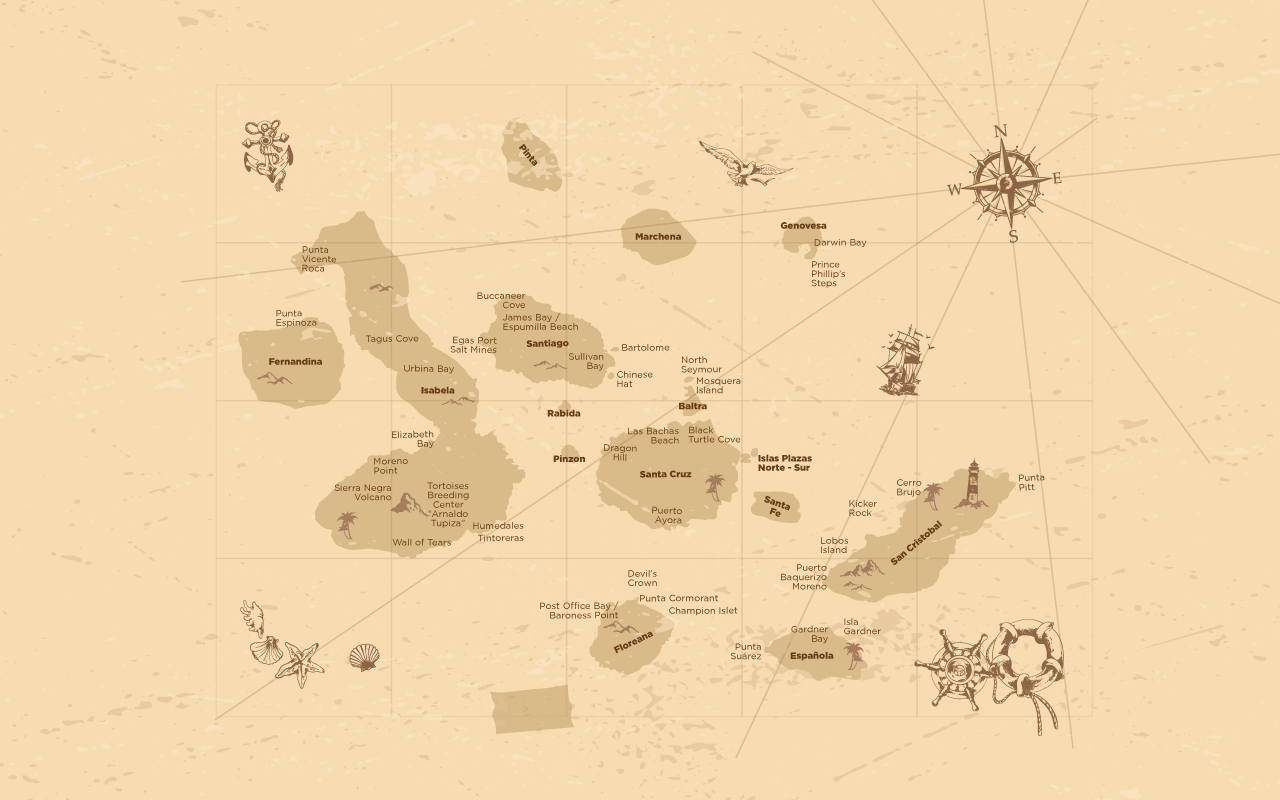Experience Galapagos
Pick the best Galapagos Experience for you!
We recommend you to rotate your phone's screen
orientation
Find my cruise availables dates
Select Tour
Check-In
Check-Out

Activities during your cruise
PR
Panga Ride
WA
Walks
SN
Snorkel
KY
Kayak